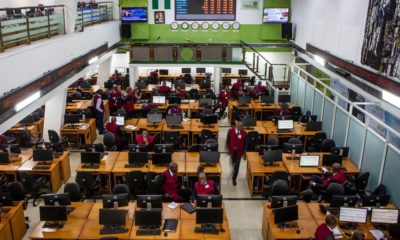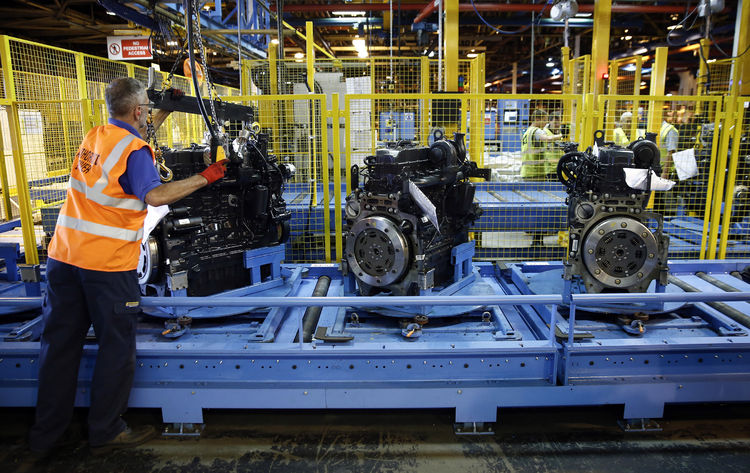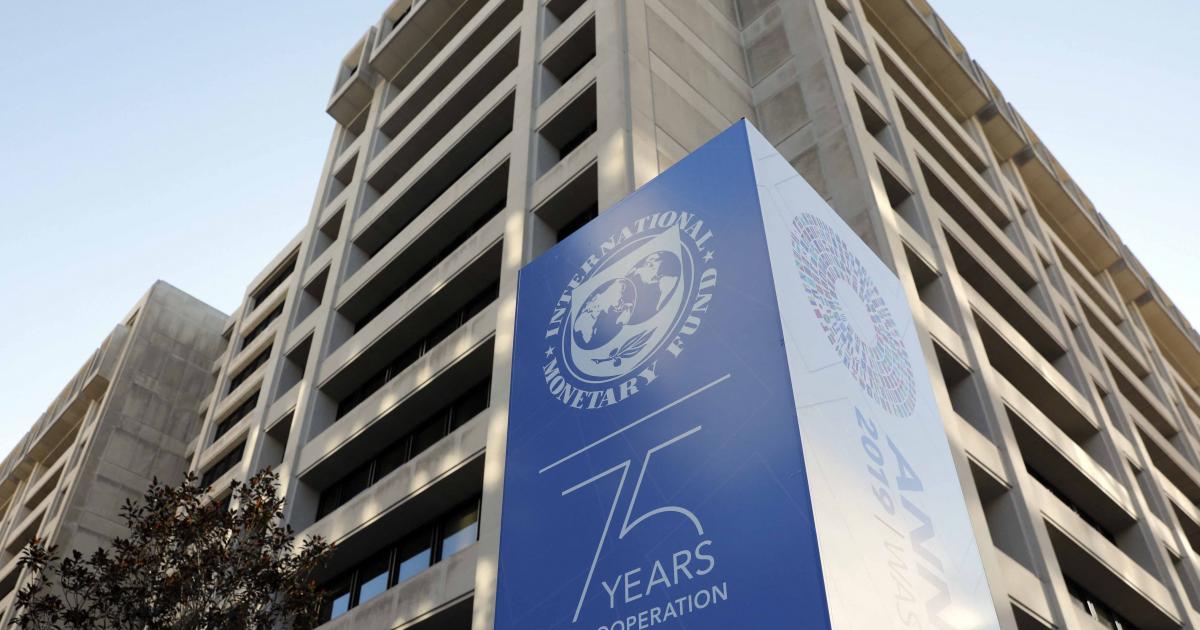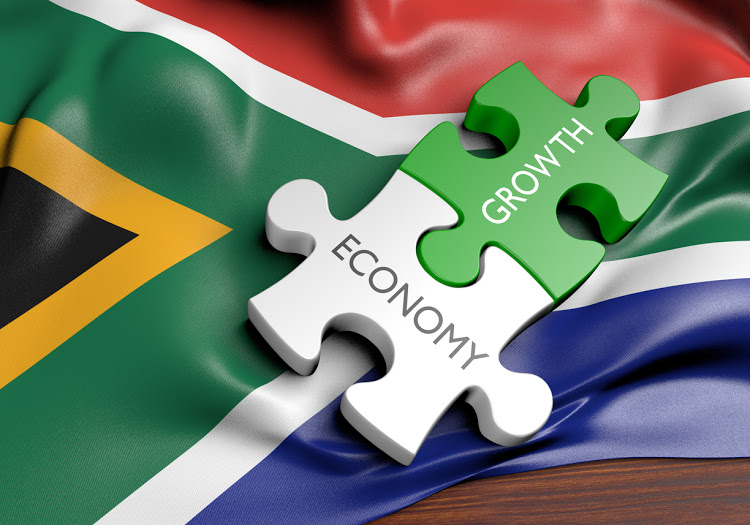- Manufacturers Worry Over Declining Fortunes
Despite all the efforts on the part of government and stakeholders to revive the manufacturing industry and set it back on the path of growth, things have instead become worse for the sector.
The President of MAN, Dr. Frank Jacobs, said this in an interview with our correspondent on Thursday.
He said, “There has not been much going on in the manufacturing sector for some time. Most of our members are battling foreign exchange challenges, among other issues.”
Although the Central Bank of Nigeria had directed banks to allocate 60 per cent of forex to manufacturers, Jacobs said the banks were not complying with the directive, adding that the situation had compelled members of the association to start souring forex from the parallel market.
He said, “The CBN’s directive had stated that 60 per cent of the forex should go to the manufacturing sector but that is not the reality. Our members have not been getting access to the forex.
“Just recently, some of our members called me to say they had resorted to sourcing forex from the black market and the practice is making their products very expensive.”
Jacobs, however, noted that one year was too short a time to assess the impact of government’s efforts to revive the sector.
According to him, manufacturers who had to embark on backward integration needed time to retool, buy new machinery and carry out research to determine which raw materials would be suitable.
Manufacturers have faced a lot of challenges since 2015 following the drop in global oil prices and the monetary policies taken by the CBN to cushion the effects on the country’s depleting foreign reserve.
One of the policies, the restriction of 41 imported items from the list of those eligible for forex at the official exchange window, has dealt a severe blow to the sector.
Manufacturers have sought a review of the policy, saying that some of their critical raw materials are on the list.
But the CBN has maintained the policy all through 2015 and 2016. The result has been that most firms whose raw materials could not be locally sourced have shut down their factories.
In August 2016, Jacobs disclosed during a stakeholders’ meeting that 50 more firms had shut down operations over the forex restriction in addition to hundreds of others that folded up in the preceding months.
The Federal Government has urged manufacturers to increase their local sourcing of raw materials to minimise the challenges of the forex situation.
A recent report by the CBN confirmed the poor performance of the manufacturing sector in January.
The report stated that the Purchasing Managers’ Index, which measures manufacturing activity, had fallen to 48.2 in January, down from 52.0 recorded in December 2016. This indicates a drop of 3.8 points in one month.
The report showed that while the manufacturing PMI dropped to 48.2 index points, the non-manufacturing PMI stood at 49.4 points, indicating a slower decline compared with the 47.1 points recorded in December 2016.
In the PMI report posted on its website, the CBN said, “A composite PMI above 50 points indicates that the manufacturing/ non-manufacturing economy is generally expanding, 50 points indicate no change; and below 50 points indicates that it is generally declining.”
Though the manufacturing PMI grew in December 2016, it had recorded declines for eleven consecutive months and averaged 45.2 in the last 12 months.
The report showed that 10 of the 16 subsectors surveyed recorded decline in the month under review while the remaining six subsectors expanded.
The six sectors are: petroleum and coal products; appliances and components; nonmetallic mineral products; food, beverage and tobacco products; textile, apparel, leather and footwear; and computer and electronic products
Despite the decline in manufacturing activity, however, the report showed that the production level index for the manufacturing sector grew for the second consecutive month, standing at 51.3 points, indicating a slower growth when compared to the 57.6 points in the month of December 2016.
But this did not have any impact on new orders as well as suppliers’ delivery time during the period as they both declined with the latter standing at 48.5 index points while the former stood at 47.9 points.
Also, the report showed that the employment level index for the January manufacturing PMI stood at 45.3 points, indicating a decline in employment level for the 23rd consecutive month.
Similarly, the report showed that the employment level index for the non-manufacturing sector PMI declined for the 13th consecutive month in January 2017.
Jacobs admitted that it was expected for the PMI to fall because of the challenges in the sector.
“Manufacturing is really taking a turn for the worse. Our members are finding it increasingly difficult coping without forex. If you observe very well, you will notice that the prices of pharmaceutical products have risen. It is because the manufacturers are sourcing forex from the parallel market to buy raw materials,” he said.
Although he admitted last year that local sourcing of raw materials by manufacturers had increased by 25 per cent, he told our correspondent that it had not provided solution to the challenges.
According to him, manufacturers need time to retool, adding that while efforts are in progress for local sourcing of raw materials, the operators still need to import those raw materials that cannot immediately be sourced locally.
“It will take time for people to retool their machines because they have to spend money on the machines; they have to spend money on research to ascertain if the local raw materials to be used are suitable for their processes,” he said.

 Forex2 weeks ago
Forex2 weeks ago


 Naira2 weeks ago
Naira2 weeks ago
 Billionaire Watch1 week ago
Billionaire Watch1 week ago




 Naira2 weeks ago
Naira2 weeks ago




 Naira1 week ago
Naira1 week ago




 Naira4 weeks ago
Naira4 weeks ago
 Nigerian Exchange Limited4 weeks ago
Nigerian Exchange Limited4 weeks ago


 Naira3 days ago
Naira3 days ago






















